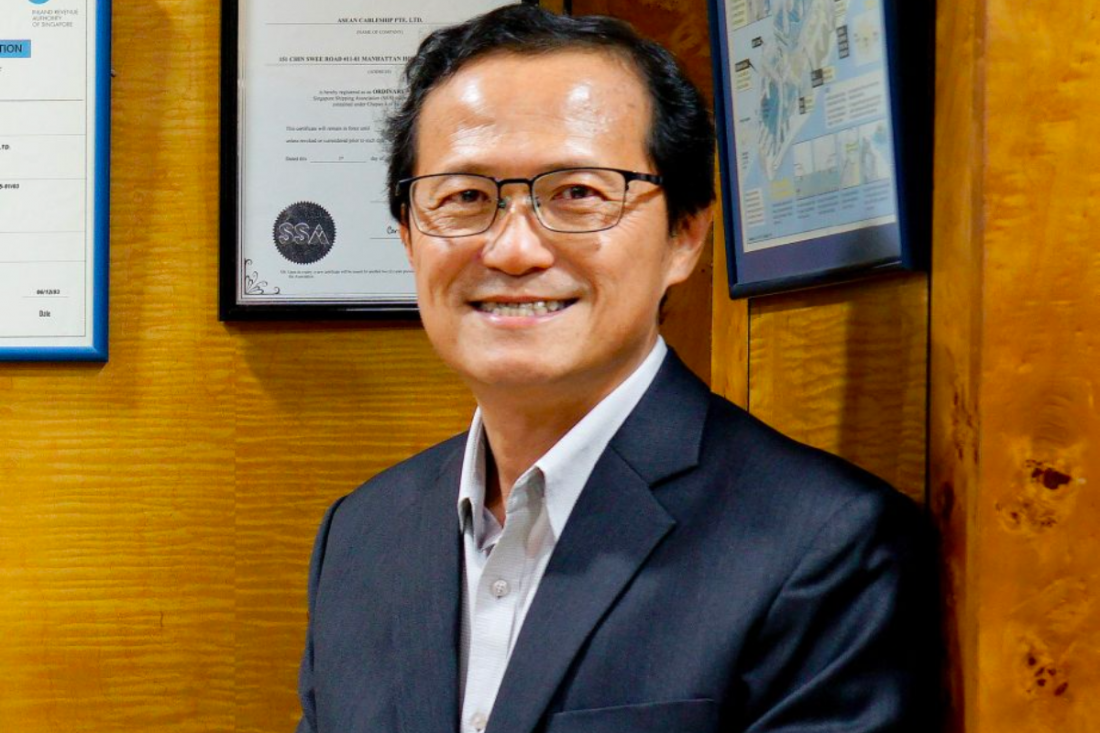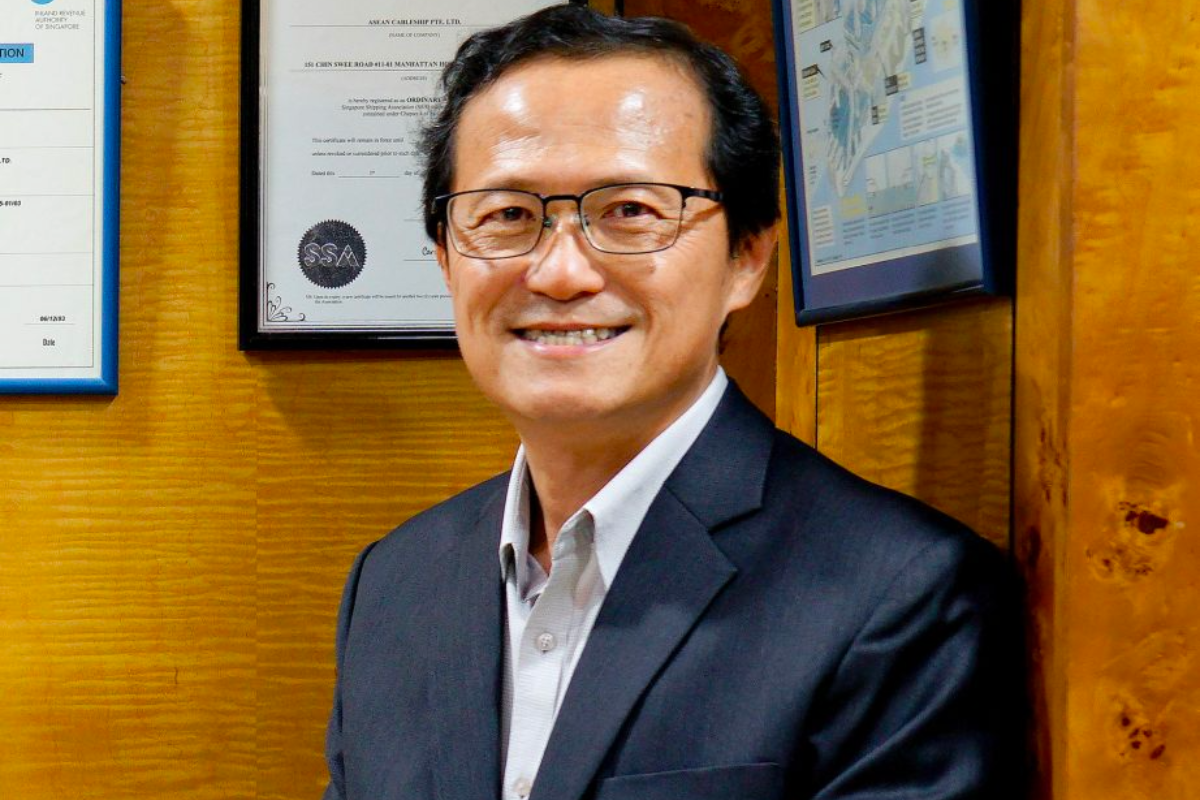In our increasingly digitized world, a connectivity glitch can bring large corporations to their knees in a matter of minutes. But despite our heavy reliance on an uninterrupted flow of information, few of us give much thought to what it takes to keep all systems running smoothly around the globe.
As CEO of Singapore-based ASEAN Cableship, Shiun Jye Too lives and breathes digital connectivity. Since it was established in 1986 by six South-East Asian telecommunications giants, ASEAN Cableship has become one of the world’s leading fiber-optic submarine cable companies.
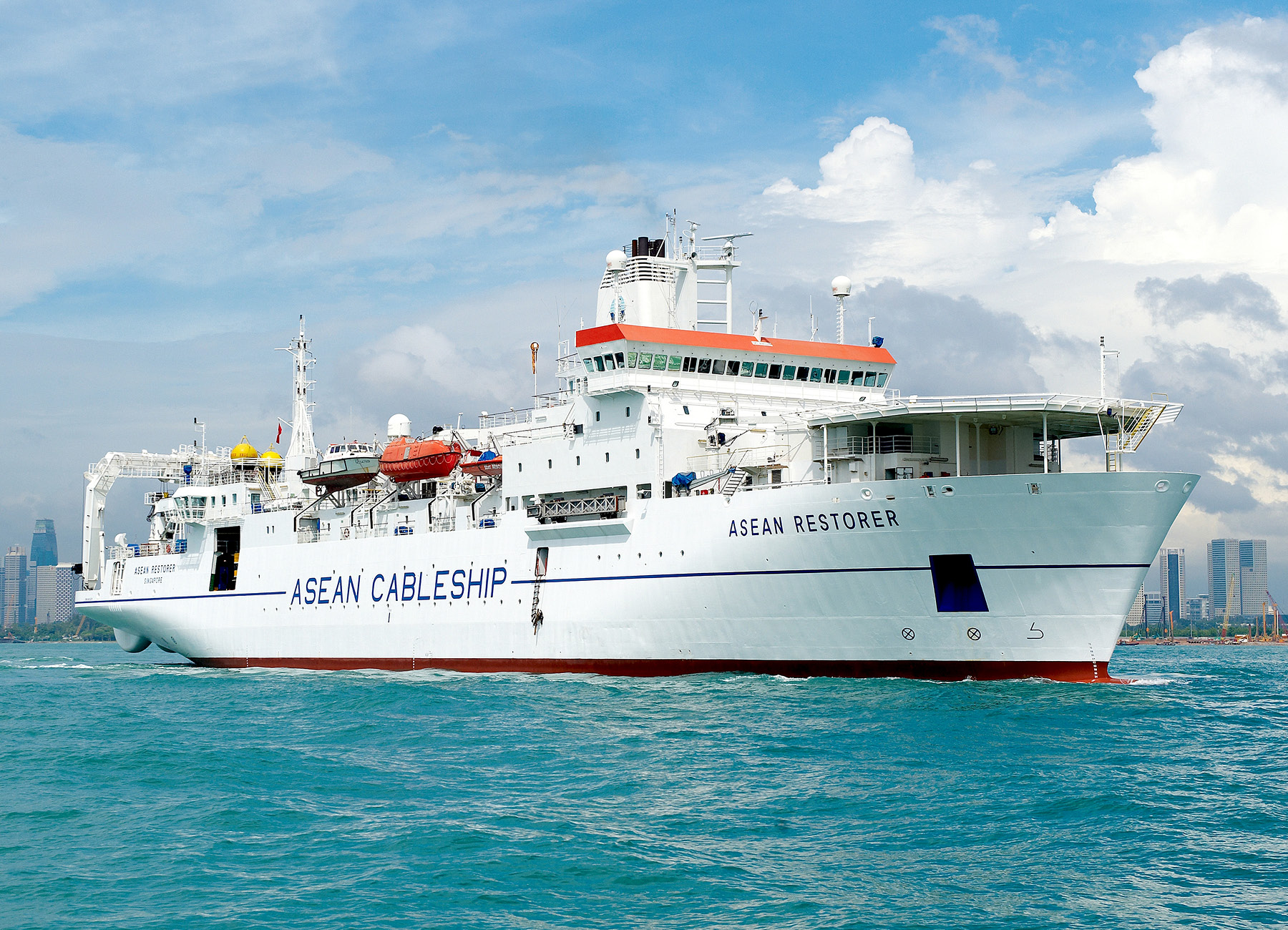
“If a country’s submarine cable infrastructure is damaged, it’s cut off from the world.”
Installing and repairing submarine telecommunications cables is a highly complex and technical process. From the initial installation, ranging between zero and more than 200 meters in depth, to elaborate repair missions when a fishing boat anchor or seismic movement damages a cable, ASEAN Cableship plays an integral role in connecting the four corners of the globe.
“If a country’s submarine cable infrastructure is damaged, it’s cut off from the world,” Too says. “It’s very important that we repair cables quickly and reroute them to a safer zone where no ships are passing. About 60–70 percent of our revenue comes from cable repair and maintenance.
“When it comes to installation, we’ve been mainly focusing on shore end, which is when the submarine cable lands on a beach and we install the beach landing. But we’ve recently acquired another vessel that we’re converting into a full-fledged cable ship. With that, we will have sufficient resources to enter into deep-water cable laying, which we intend to do sometime in 2024.”
Leading the Pack
Because the industry is in constant flux due to technological advances, changes to regulations and an evolving customer profile, ASEAN Cableship has to be extraordinarily agile to stay ahead of the game.
“Rapid digitalization means it’s more and more important to make sure international connectivity is sustained,” Too explains. “We see a continued upgrade in the amount of data that can be carried in the fiber. More than 20 years ago, you could only make a phone call. Now, you have billions of gigabytes carried in a cable.
“We have to evolve and keep up with the changing technology that we expect to come.”
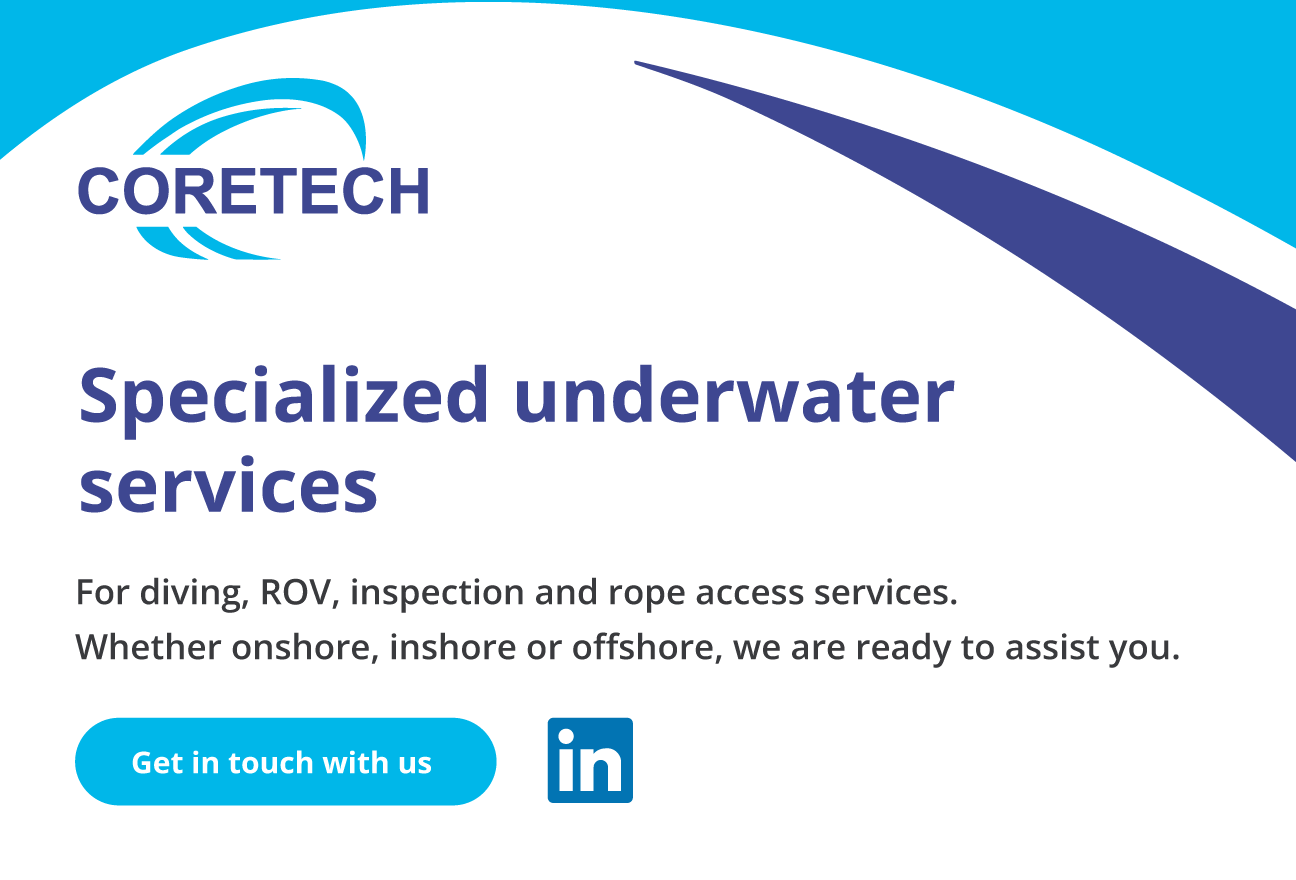
Advertisement
The company works tirelessly to ensure it is not only obtaining necessary certifications, but also recruiting and training its people to a high standard.
“We have to sustain our ISO, health, safety and environment certifications,” Too confirms.
“To perform a repair in deep waters, we’ll have to locate a very small cable in the middle of an ocean, bring it up to the cable ship, join and seal optical fiber that is the diameter of a hair, and lay it back down into the ocean.
“With our new cable ship and entrance into the deep-water laying sector, we’ll need to make sure that we can bring a sufficient number of people into the company and train and certify them properly in the next six-to-12 months.”
Shifting Ground
The ever-evolving regulatory environment also poses a significant challenge. “In the last few years, there’s been an increase in regulations governing what can be done in certain domestic territorial waters,” Too explains.
“Protectionism is raising debates on who owns which piece of the ocean, which causes some concern for us. If we want to do repairs in waters that belong to a nation, we have to seek permission to work there. So when there’s ambiguity as to who owns it, we apply to both nations. If both countries demand to use their own registered ship, we can’t go ahead.
“Governments are generally rational and won’t block our ability to perform cable repairs in the country because submarine cables are so important, but it’s still a complicated issue we face.”
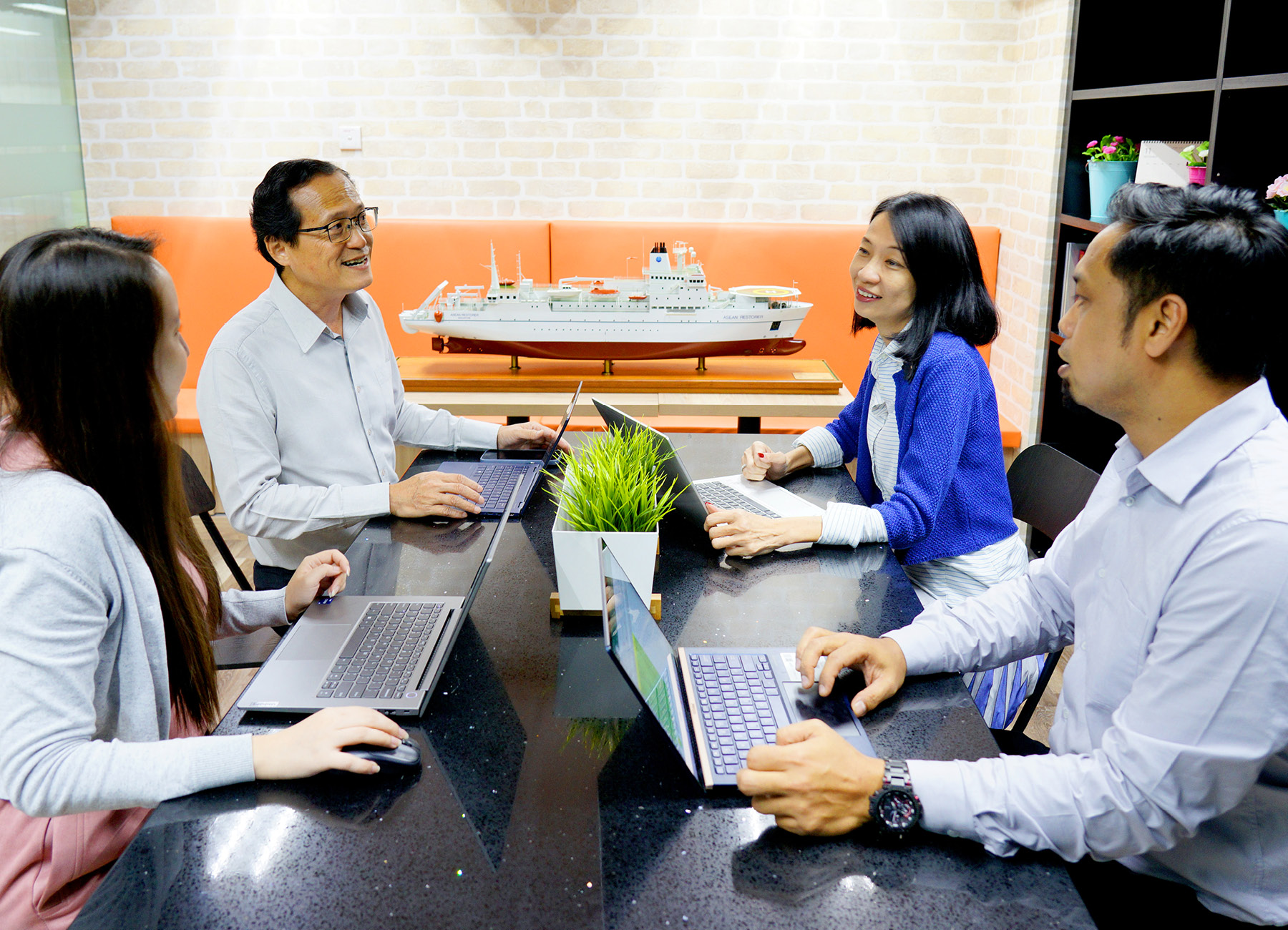
“Our board is supportive of long-term decisions that will help us support our customers better.”
While submarine cables have traditionally been owned by telecom companies – such as ASEAN Cableship’s six shareholders – the customer profile has shifted dramatically in recent years.
“Right now, hyperscalers are laying their own cables,” Too points out. “The demands and expectations are different because they’re not looking at submarine cables as part of their business. It’s just an infrastructure for them to do large data volume services. So we have to figure out how to meet those demands.”
Despite these sizable challenges, Too says ASEAN Cableship’s long-standing partnerships with key suppliers, such as underwater repair and maintenance provider Coretech Resources, make it extremely resilient to market changes.
Too also credits the unwavering support of the company’s shareholders for its success.
“I’m glad our board is supportive of long-term decisions that will help us support our customers better, such as the acquisition of a new vessel, even if it won’t be profitable in the short-term.”

